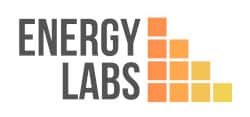When it comes to installing an energy recovery system in your home, there are some potential downsides to consider before you make the commitment. Although the benefits of having a system like this in place are numerous, it’s important to weigh up all of the pros and cons before making any decisions.
The most obvious downside of having an energy recovery system installed is the cost. Depending on the size and complexity of the system that you need, installation can be quite expensive. You also need to factor in ongoing running costs such as electricity bills and maintenance costs if something goes wrong with your system.
Another issue is that energy recovery systems often require a lot of space. If your home is quite small or if you don’t have much room to spare, this could be a problem. You may also need to install extra ductwork or insulation in order for your system to work properly, which could further add to the cost of installation.
Finally, energy recovery systems can be noisy and may produce unpleasant smells from time to time. This could prove very disruptive if you live in a busy neighbourhood or if you have people living nearby who might be disturbed by the noise. To minimise this risk, it’s important that your installer takes care when fitting your system so that it runs as quietly as possible.
In conclusion, while there are some potential downsides to having an energy recovery system installed in your home, they shouldn’t necessarily put you off completely. If you do decide to go ahead with installation, make sure you choose a reliable installer who can explain all of the costs involved and answer any questions that you have about how your system will work once it’s up and running.
